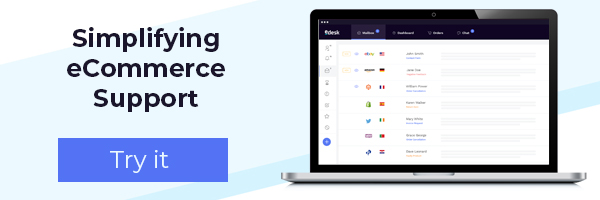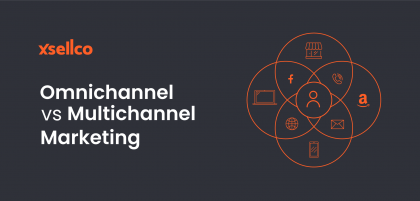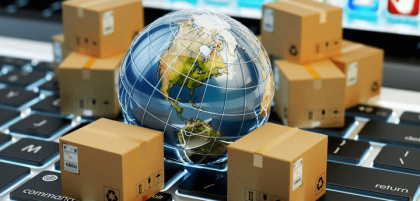Dealing with Landed Costs
Cross-border trading is increasingly popular with international sales exceeding $100 billion dollars, making landed costs more important than ever. Over 90 million shoppers from all over the world are shopping from merchants located in other countries but what are the true costs of doing business across borders?
Marketplaces, such as eBay and Amazon, have made global trading easier by introducing sellers to more shoppers all over the world, leading increased sales.
Amazon’s global marketplace hosts over 2 million sellers and draws in around 122.1 million unique visitors every month. eBay also acquires approximately 62.7 million monthly unique visitors. Consumers may not be searching for your business on marketplaces but they’re likely to search for something you sell.
With many businesses shipping worldwide and importing goods from countries other than their own, international traders need to consider landed costs to ensure accurate profit analysis. By adding landed costs to your supply chain management routine, you can ensure your cross-border trading will be profitable for your business.
What are Landed Costs?
Landed costs are the total cost of a landed shipment. Simply, they are the costs associated with importing purchased goods.
For example, if you sell an item for £25 and it costs you £15 to buy and £5 to ship (the landed cost), your profit is £5. However, if you don’t consider landed costs it could mislead you to make poor buying decisions, as you could report your profit as £10.
Landed costs include any costs involved in importing purchased goods. This includes the costs of hiring a shipping container, transporting the container, insuring goods in transit and custom duties payable to get the goods into the destination country.
Landed costs are important for international trade in order to ensure accurate profit analysis. With expensive freight costs, it’s important to ensure they are accounted for so you can ensure importing and selling internationally will be profitable.
Global Trading to Continue to Grow
By 2018, global commerce is anticipated to increase to a shopping population of 130 million and by 2020, almost 1 in 3 online consumer purchases are expected to be made across borders, which would make the international market worth a whopping $1 trillion.
With the continued growth of cross-border trading, it’s important to consider landed costs in your supply chain management and here’s why they are important to your business:
4 Reasons Landed Costs will help your Global Trading
1. Accurately calculate profit
Landed costs allow you to accurately calculate profit on every product on your inventory, giving you a better idea of how well your business is performing internationally.
2. See the true cost of products
By being able to see the true cost of products, you can ensure sales prices are profitable, even when shipping across borders. Landed costs allow you to know the price you should sell each item for and the maximum discount that can be given whilst ensuring a profit.
3. Make savings during supply chain management
They allow you to see all the costs involved in purchasing goods, therefore you can analyze where savings can be made in the supply chain. By reducing costs, you can ensure selling across borders is cost effective.
4. Accurate financial reports
From correctly accounting for landed costs, you can see your business’ accurate monthly profits and asset values. With more landed costs involved in international trading, you can make sure your financial reports are accurate.
What do retailers think of Landed Costs?
Inventory management software, Brightpearl, allows you to allocate landed costs to inventory. Shilpa Shah from Cuyana, a fashion apparel and accessories retailer, stated, “The new Brightpearl Landed Costs functionality will allow us to quickly and accurately work out our cost of sales, including the full costs associated with our supply chain. Margins are critically important and the new feature means we will spend less time working out figures and more time running the business and making smart decisions.”
Download ‘A Retailer’s Guide to International Trade VAT Implications’ to find out more about cross-border trading and how to be a successful cross-border trader.









